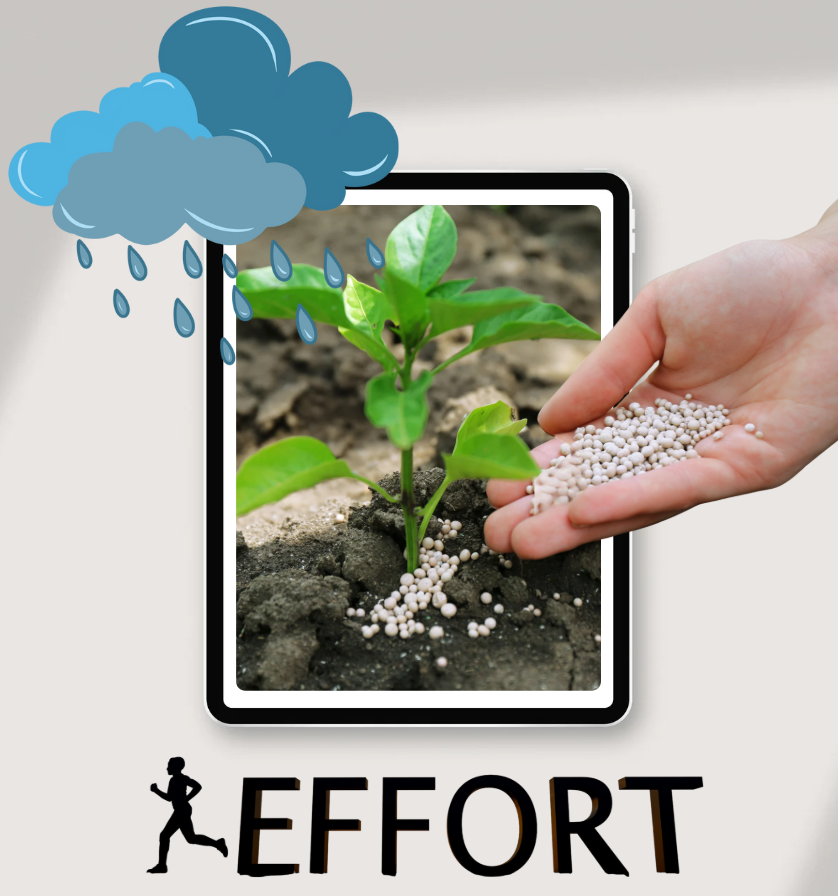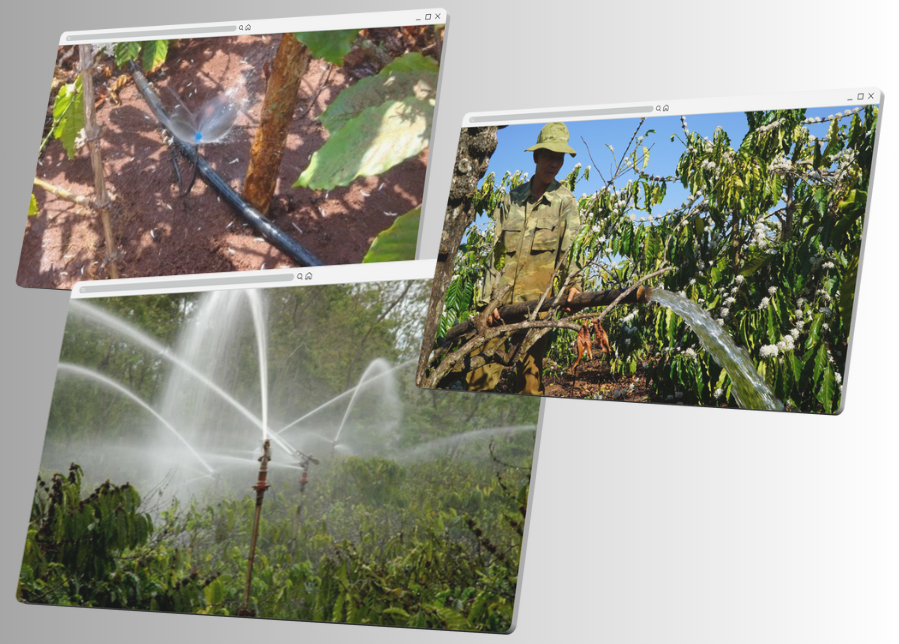
Watering Coffee Plants in the Dry Season: When and How Much Is Enough?
During the dry season, coffee plants enter the flowering and fruit-setting stage—a critical period that determines yield and bean quality.
If watering is mistimed or insufficient, yields may drop 30–50%, or even result in total crop failure.
This guide explains when and how much to irrigate, plus the common mistakes to avoid when caring for coffee during the dry months.
🌦 1. Why Is Irrigation So Important in the Dry Season?
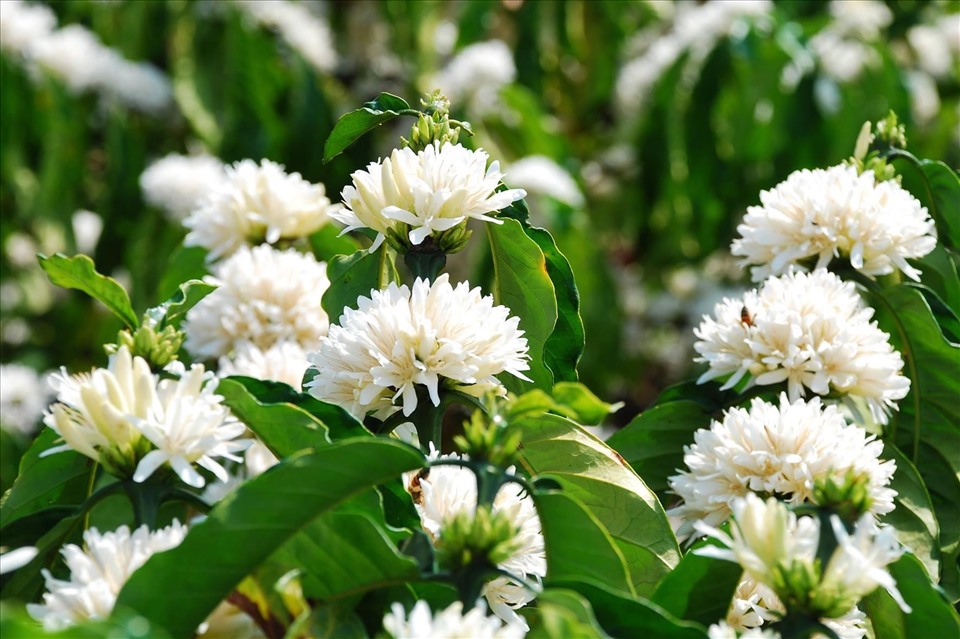
Coffee plants need a short dry stress period to induce flower bud differentiation, followed by timely irrigation to trigger uniform flowering.
If the dry period is prolonged or watering is delayed:
- Flowers appear unevenly and drop prematurely
- Plants weaken, fruits become small and sparse
👉 Proper watering helps to:
- Stimulate uniform flowering
- Reduce flower and fruit drop
- Maintain plant vigor and support fruit development
- Improve drought resistance and overall plant health
📅 2. When to Apply the First Irrigation?
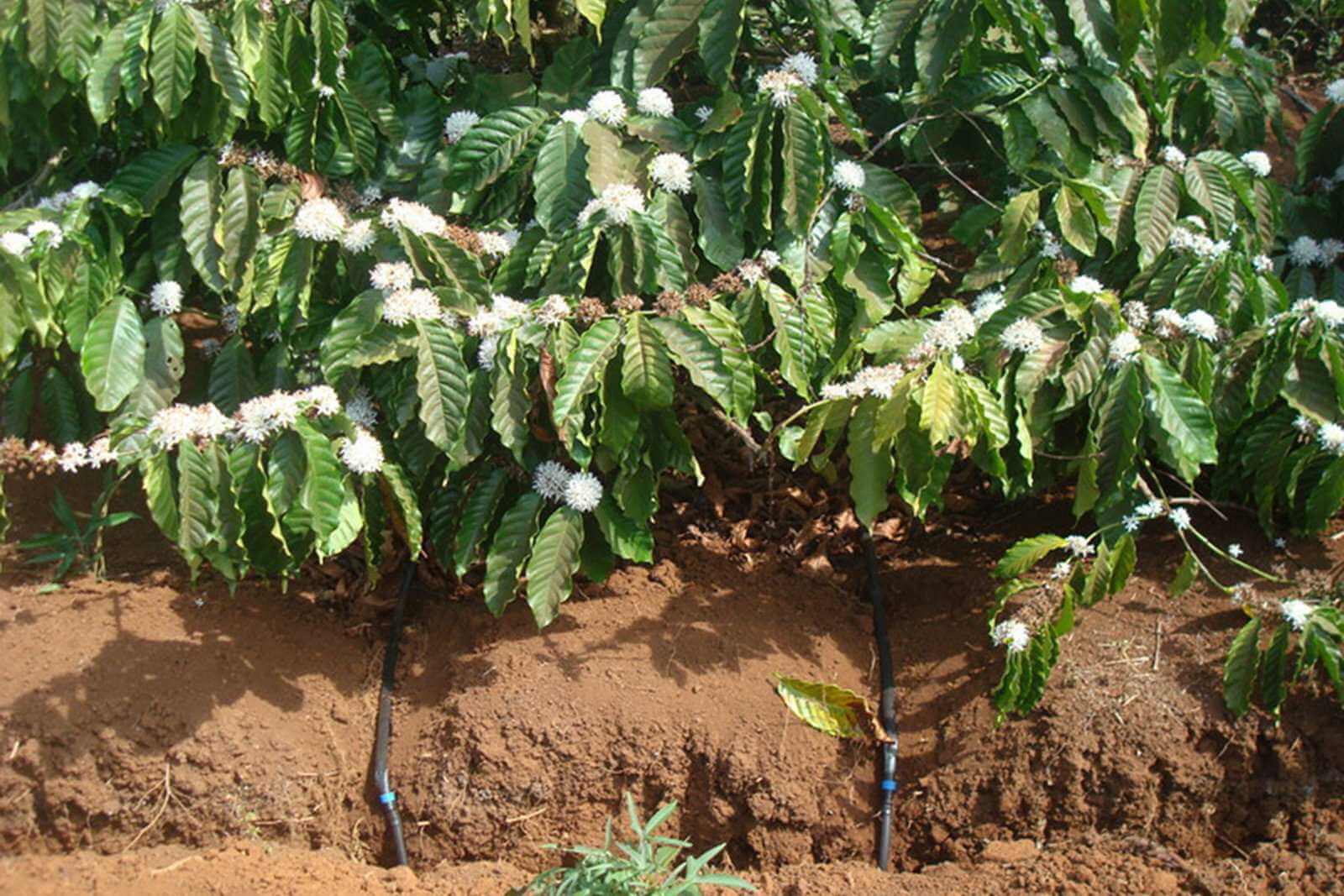
Signs that the first watering is due:
- Continuous dry weather for 20–25 days
- Soil begins to crack; leaves start to curl slightly
- When digging 30–40 cm deep near the root zone, the soil appears dry and pale
⏱️ Too early: flower buds won’t differentiate fully → irregular flowering
⏱️ Too late: plants weaken → flower drop and low fruit set
📍 Recommendation: Begin watering from late February to early March in the Central Highlands (depending on when the rainy season ends in each area).
💦 3. How Much Water Is Enough?
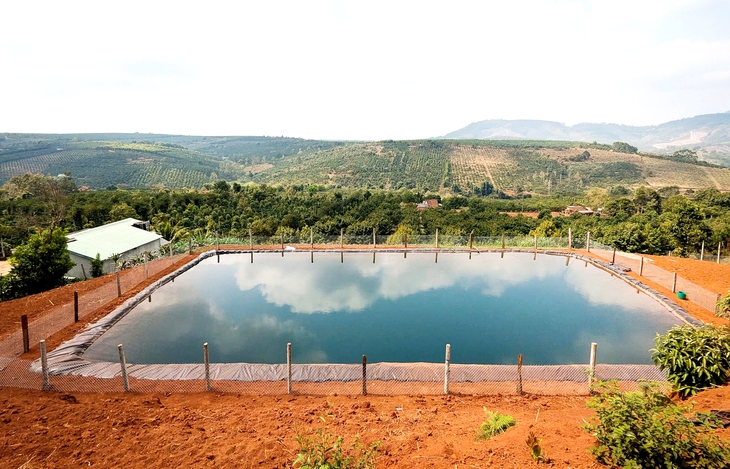
The ideal amount depends on soil type, tree age, and irrigation method:
|
Irrigation Method |
Recommended Volume / Application |
Notes |
|
Furrow or pipe irrigation |
500–800 liters/tree/time |
Maintain standing water briefly for good absorption |
|
Drip irrigation |
50–80 liters/tree/time |
Slow, steady application over several days |
|
Sprinkler irrigation |
300–600 liters/tree/time |
Ensure even canopy moisture coverage |
Additional notes:
- Each season generally requires 2–3 irrigations, spaced 20–30 days apart, depending on weather conditions.
- After each watering: apply foliar nutrients and fungicides (for rust, pink disease, etc.) to help plants recover quickly.
🚫 4. Common Mistakes When Watering Coffee in the Dry Season
❌ Watering too early → flower buds underdeveloped → uneven blooming
❌ Watering too little → soil remains dry → plants still stressed
❌ Watering too frequently (daily) → root suffocation and water shock
❌ Watering at noon → heat shock and leaf burn
❌ Wetting only the surface soil without soaking the root zone
✅ 5. Tips to Maximize Irrigation Efficiency
🌿 Apply base fertilizers (NPK, organic, or microbial) after the first watering
🧪 2–3 days after irrigation, spray fungicides for rust and anthracnose prevention
🌾 Apply potassium fertilizer after the final watering to improve sweetness and fruit size
📅 Plan a clear watering schedule for each plot → easier management and efficiency
🟢 Conclusion
💬 “Watering at the right time and with the right amount is the key to a successful coffee crop.”
Farmers should always:
✅ Monitor weather patterns and soil moisture closely
✅ Time the first irrigation properly to trigger flowering
✅ Supply enough—but not excessive—water
✅ Combine fertilizer and plant protection treatments after watering for best results
Bình luận
Những bình luận mới nhất
